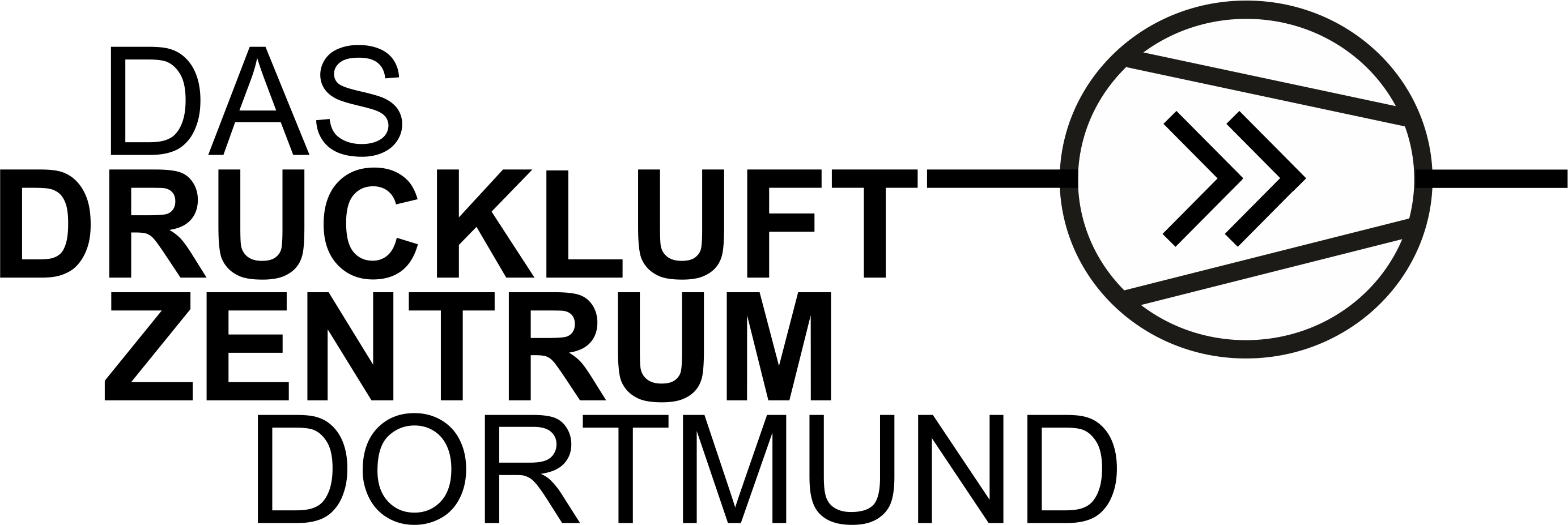Innovative, energieeffiziente Druckluftanlagen kooperierend mit einer individuellen Analyse der Kompressor-Systeme implizieren enorme Einsparpotenziale hinsichtlich der erforderlichen Energie zwischen 30 und 50 Prozent!
Dabei ist das Thema Anlagen-Effizienz die eigentliche Stellschraube, um langfristig und nachhaltig den Verbrauch zu senken, die Kosten für Energie zu reduzieren und gleichzeitig die Umwelt durch verminderte CO2-Emissionen zu schonen.
Beim Kauf einer neuen Druckluftanlage steht immer noch der vermeidlich hohe Anschaffungswert im Mittelpunkt der Investitionsentscheidung. Die Analyse der Vollkosten eines ausgelasteten Kompressors über den gesamten Lebenszyklus zeigt jedoch vielmehr, dass die Energiekosten den weitaus größeren Anteil von 65 bis zu 90 Prozent der Gesamtkosten ausmachen. Daher ist ein sorgfältiger Vergleich der Leistungsdaten unbedingt zu empfehlen.
– An dem Punkt kommen wir für Sie ins Spiel! –
Eine Energie-Effizienz-Analyse unserer Fachleute ermöglicht Ihnen, Ihr System optimal auf die Anforderungen Ihres Unternehmens abzustimmen und die vorhandenen Ressourcen zur Effizienzsteigerung Ihrer Druckluftsysteme optimal auszuschöpfen.
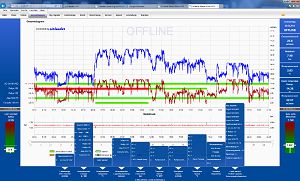

Eine Energie-Effizienz-Analyse empfehlen wir immer dann
Bei unveränderter Produktivität und sonst gleichen Bedingungen steigt Ihr Bedarf an Druckluft!?
Ursache dieser Anomalie sind Leckagen! Bis zu 30 % der erzeugten Druckluft kommt erst gar nicht beim Verbraucher an, sondern verpufft in Form solcher Leckagen. Nur etwa 20-30 Prozent der Leckagen fallen dabei durch Zischen oder andere Geräusche auf, die restlichen 70 Prozent sind für das menschliche Ohr nicht wahrnehmbar und nur mit speziellem technischem Equipment zu lokalisieren.
Anhand unserer Erfahrungen, die wir bei unseren Durchfluss-Messungen gemacht haben, liegen die Einsparpotenziale je nach Unternehmen zwischen 20 bis zu 70 Prozent.
Wir sorgen dafür, dass Ihre Luft nicht flöten geht!
Umfang unseres Leckage-Management
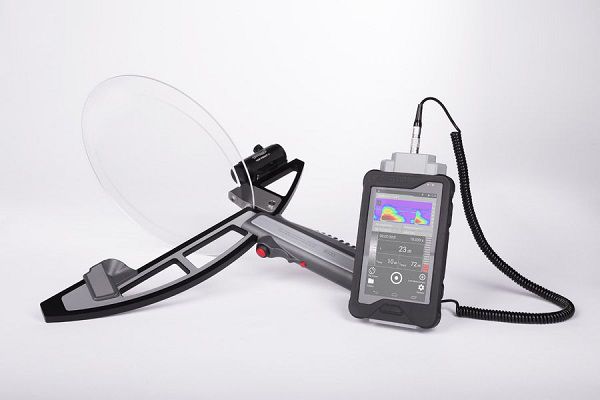
Ihre Vorteile
Damit Maschinen und Anlagen unter Einsatz von Druckluft stabil und zuverlässig produzieren können, wurden in der Norm ISO 8573-1:2010 bestimmte Anforderungen an die eingesetzte Luft festgelegt. Entsprechend wurden Druckluftqualitäten nach dem Grad der maximal zulässigen Verunreinigungen klassifiziert.
Solche definierten Reinheitsklassen (Schmutzpartikel, Feuchtgehalt, Restölgehalt) werden besonders in Industriezweigen benötigt, die auf eine individuell auf ihre besonderen Anforderungen abgestimmte Druckluft-Qualität angewiesen sind.
Eine solche anspruchsvolle Produktion findet beispielsweise statt
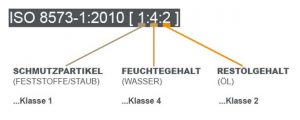
Zudem geben Qualität-Messungen der Druckluft Auskunft zur optimalen Auslegung der nachgeschalteten Druckluft-Aufbereitung. Damit ein Druckluftsystem störungsfrei läuft, muss z. B. überschüssige Luftfeuchtigkeit mit Drucklufttrocknern (Kälte-, Adsorptions- bzw. Membrantrockner) aus dem System entfernt werden sowie Öl- und Staubpartikel ausgefiltert werden.
FAZIT: Der Einsatz von Kompressoren, Filtern, Adsorptionstrocknern, Kältetrocknern etc. sollte je nach benötigter Druckluftklasse genauestens geplant sein.
Über die notwendigen Maßnahmen zur Optimierung Ihrer Druckluftqualität beraten wir Sie gerne.
Umfang der Qualitätsmessung

Ihre Vorteile
Die wirtschaftliche, energieoptimierte Druckluftversorgung ist ein wichtiger Produktions- und Ertragsfaktor für Ihr Unternehmen und steigert dessen Wettbewerbsfähigkeit.
Daher bieten wir Ihnen gezielt Inhouse-Schulungen an, um Ihnen die relevanten Themen aus dem Bereich Druckluft näher zu bringen wie z.B.:
Wir zeigen Ihnen Möglichkeiten zur Kosteneinsparung bei der Drucklufterzeugung.
In jeder Druckluftstation gibt es enorme Energieeinsparpotenziale, so z. B. im Bereich:
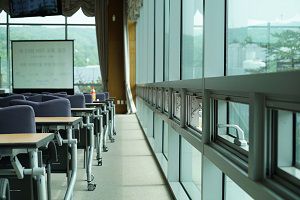
Es gibt verschiedene Möglichkeiten, ölfreie Druckluft wirtschaftlich zu erzeugen. Das Seminar informiert über:

Wir sind sicher, auch bei Ihnen lassen sich die Kosten der Druckluftversorgung schon mit minimalen Maßnahmen wirkungsvoll reduzieren.
Interesse? Dann sprechen Sie uns direkt an.
